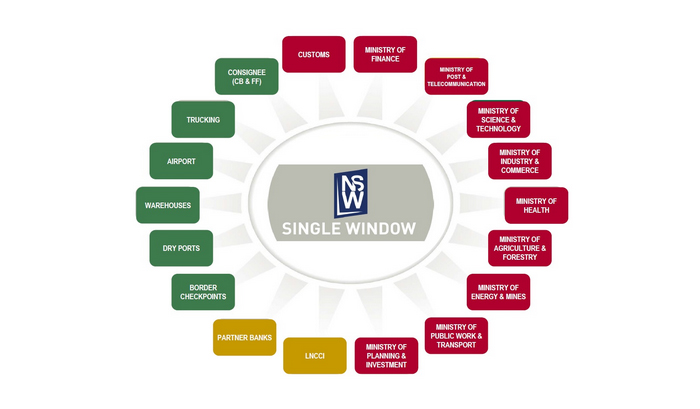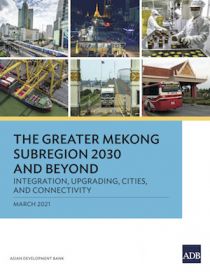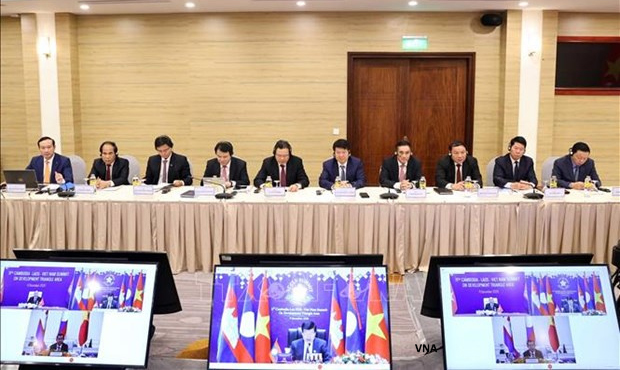National Single Window Simplifies and Streamlines Lao PDR’s Cross-border Trade
The National Single Window in the Lao People’s Democratic Republic (PDR) aims to simplify and streamline the import, export, and transit of all goods and cargo at all international borders and airports in the Lao PDR. The National Single Window is linked to the ASYCUDA system. It facilitates customs clearance and highlights transparency in trade.








